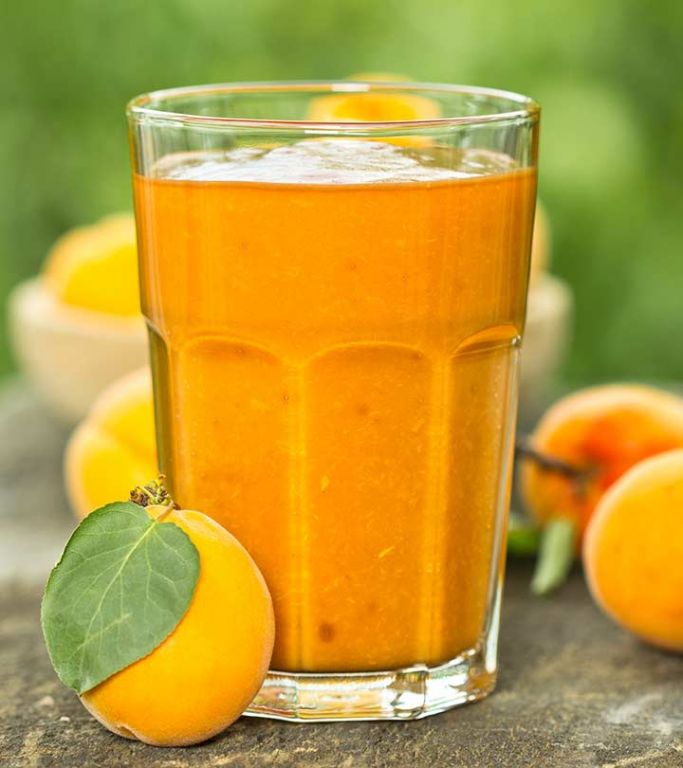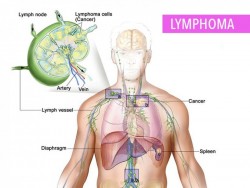
Two new studies, presented at the European Society for Medical Oncology 2018 Congress, show that people with sarcoma often take complementary and alternative medicine with little regard for the potential risks or ways in which they may interact with conventional cancer treatment.
Sarcoma is a rare cancer that affects connective tissue and accounts for 1 percent of all cancer cases.
In the United States, around 15,000 people find out that they have sarcoma each year.
Recently, researchers from University Hospital Mannheim in Germany zoomed in on this form of cancer to investigate whether people who have it use any complementary or alternative medicines (CAMs).
Prof. Peter Hohenberger supervised the team.
Another study that was led by Dr. Audrey Bellesoeur — of the University Paris Descartes in France — complements these findings by examining the drug-to-drug interactions between CAMs and conventional cancer treatment, such as chemotherapy or tyrosine kinase inhibitors.
Both of these studies were presented at the European Society for Medical Oncology 2018 Congress, held in Munich, Germany.
In the first study, Prof. Hohenberger and team surveyed 152 people who had been diagnosed with sarcoma, gastrointestinal stromal tumors (GIST), and desmoid tumors — which are both types of sarcoma — over the 4 months between January and April 2018.
The survey revealed that 51 percent of the study participants had used CAMs in their lives. These alternative medicines and practices included: taking vitamin supplements, minerals, or healing herbs; practicing homeopathy, acupuncture, meditation, yoga, or tai chi; and eating either a ketogenic or a vegan diet.
Importantly, their survey revealed that 15 percent of the participants used CAMs to complement cancer therapy after they were diagnosed with sarcoma. Forty-four percent of the participants weren't interested in CAMs before receiving the diagnosis.
Prof. Hohenberger sums up the findings, claiming, "What we found is that vitamins and minerals are very popular but patients take them specifically rather than using multivitamin supplements. Vitamin D is in the leading position, followed by selenium plus zinc, vitamin C, and interest in vitamin B-17 is emerging."

Also, the survey demonstrated that few people were concerned about the potential health risks of these practices. While 60 percent of those who were surveyed admitted that they had insufficient information on the safety of CAMs, these participants were very little preoccupied with the risks.
"When we looked at the sources of information on nonconventional practices," continues Prof. Hohenberger, "oncologists represented only 7 [percent]. In our study, patients mentioned repetitively that they were positively surprised about our interest in their use of CAMs."
The Internet and other media were the top sources of information for these respondents, with 43 percent turning to them for advice. Friends and healing professionals came second and third, respectively, with 15 percent and 14 percent of the respondents using these sources.
"In sharp contrast with this," says Prof. Hohenberger, "when it came to finding information on [the] side effects of cancer therapies or how to handle them, almost half of [the] patients asked their oncologist."
Dr. Markus Joerger, from the Cantonal Hospital in St. Gallen, Switzerland, comments on the significance of the results, saying, "Patients tend to believe that supplements or herbs are generally safe, but they are not without risk."
"In daily practice, if you don't know what your patient is taking as alternative medicine, the risk of drug-drug interactions can significantly increase and have an impact on clinical outcomes."
Dr. Markus Joerger
Dr. Bellesoeur and her colleagues' review addressed precisely this risk of drug-to-drug interactions. They reviewed data on 202 patients treated for sarcoma with chemotherapy or tyrosine kinase inhibitors in 2014–2018.
During this time, drug-to-drug interactions occurred in 18 percent of the cases. The study's lead author comments on the findings.
"In our review, 29 [percent] of drug-drug interactions requiring pharmacist interventions were associated with complementary alternative medicines. Risks of interactions with nonconventional drugs are the same as for other comedications: mainly increased toxicity and loss of efficacy of anticancer treatments."
Dr. Audrey Bellesoeur

"However, we often have less information on the composition of these products and their risk of toxicity or interaction when used in combination with other agents," adds Dr. Bellesoeur.
Dr. Joerger also chimes on this second study, saying, "[P]atients are receiving more and more co-medications but they are still not routinely checked for drug-drug interactions."
"Medical review by a clinical pharmacist," he goes on to say, "can certainly be an effective strategy to avoid or limit them as the study showed. However," he adds, "cancer centers must also invest in integrative medicine that combines medical anticancer treatments with nonconventional therapies. The average oncologist has poor knowledge of these alternative methods; this is mostly due to a lack of studies and databases in the field."
In this regard, other research presented at the meeting has acknowledged the benefits of exercise, mindfulness programs, yoga, acupuncture, and hypnosis as an addition to conventional cancer treatment.
However, antioxidant supplements, herbs, minerals, vitamins, and phytoestrogens have not been linked with any positive or harmful effects.
 What Happens When You Quit Smoking – A Timeline
What Happens When You Quit Smoking – A TimelineEvery year more than 7 million people die as a result o...
 Types Of Yoga, Which One Is Best For You?
Types Of Yoga, Which One Is Best For You?There are two types of people in the world - those who ...
 10 Amazing Health Benefits Of Apricot Juice
10 Amazing Health Benefits Of Apricot JuiceOriginally from China, the use of apricots began almost...
 This Honey, Lemon And Cinnamon Drink Will Help You Lose Pounds In A Week
This Honey, Lemon And Cinnamon Drink Will Help You Lose Pounds In A WeekThe most effective way to lose weight is to do aerobic ...
 Cheap & Healthy Shopping List for Students
Cheap & Healthy Shopping List for StudentsCheap & Healthy Shopping List for StudentsStaying o...
 What You Need To Know About Lymphoma
What You Need To Know About LymphomaLymphoma is a cancer of the lymphatic system. It affect...
 This Honey, Lemon And Cinnamon Drink Will Help You Lose Pounds In A Week
This Honey, Lemon And Cinnamon Drink Will Help You Lose Pounds In A WeekThe most effective way to lose weight is to do aerobic ...
 Colon Cancer: Could Exercise Halt Tumor Growth?
Colon Cancer: Could Exercise Halt Tumor Growth?New research published in the Journal of Physiology sug...